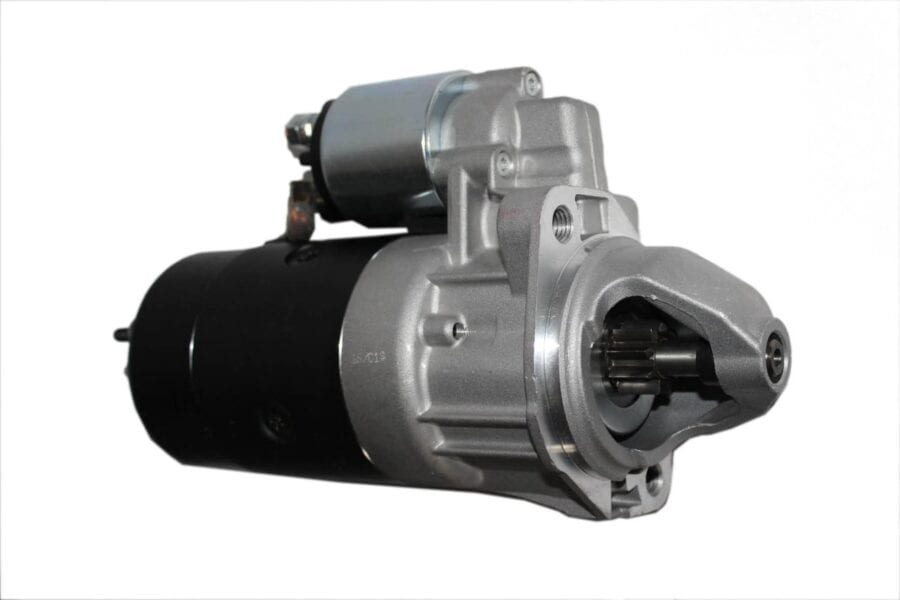
Types, device and principle of operation of a car starter
Content
In the first cars, in order to start the engine, the driver in the car had to have a special handle. With her help, he turned the crankshaft. Over time, engineers have developed a special device that facilitates this process. This is a car starter. Its purpose is that to start the engine, the driver only needs to turn the key in the ignition lock, and in many modern models, just press the Start button (for more information on keyless access, see in another article).

Consider the device, varieties and common autostarter breakdowns. This information will not help to prepare the diploma material, but to a greater extent it will allow you to decide whether it is worth trying to repair this mechanism on your own in the event of a breakdown.
What is a car starter
Externally, the auto starter is a small electric motor equipped with a mechanical drive. Its operation is provided by a 12-volt power supply. Although different device models are created for different car models, they basically have the same connection principle in the on-board system.
The photo below shows a common device connection diagram:
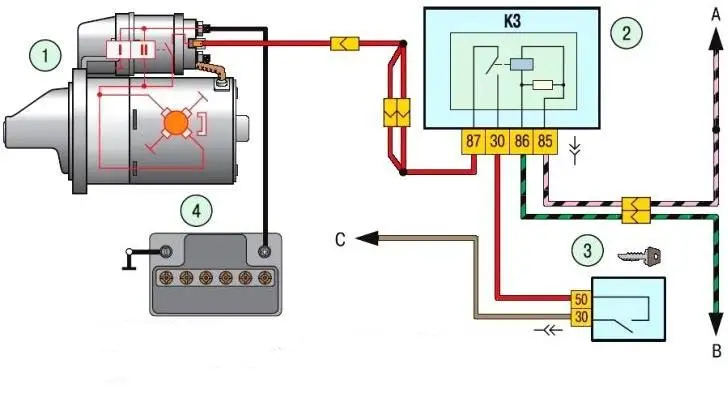
The principle of operation of a starter in a car
Regardless of whether a car or a truck, the starter will work in the same way:
- After activating the on-board system of the car, the key is turned in the ignition lock, and then it turns all the way. A magnetic vortex forms in the retractor relay, due to which the coil begins to draw in the core.
- A bendix is fixed on the core. This mechanical drive is connected to the flywheel crown (its structure and operating principle are described in another review) and engages with a gear connection. On the other hand, a penny is installed on the core, which closes the contacts of the electric motor.
- Further, electricity is supplied to the anchor. According to the laws of physics, a wire frame placed between the poles of a magnet and connected to electricity will rotate. Due to the magnetic field that the stator generates (in old models, an excitation winding was used, and in modern units, magnetic shoes are installed), the armature begins to rotate.
- Due to the rotation of the bendix gear, the flywheel, which is attached to the crankshaft, turns. crank mechanism The internal combustion engine begins to move the pistons in the cylinders. At the same moment, the ignition system и fuel system.
- When all these mechanisms and systems begin to work independently, there is no longer a need for a starter to work.
- The mechanism is deactivated when the driver stops holding the key in the lock. The spring of the contact group returns it one position back, which de-energizes the electrical circuit of the starter.
- As soon as electricity stops flowing to the starter, the magnetic field disappears in its relay. Because of this, the spring-loaded core returns to its place, while opening the armature contacts and moving the bendix away from the flywheel crown.
Starter device
A car starter converts electrical energy into mechanical energy, without which it is impossible to turn the flywheel. Any internal combustion engine is equipped with this electrical device.
The photo below shows a cross-section of an automobile starter.
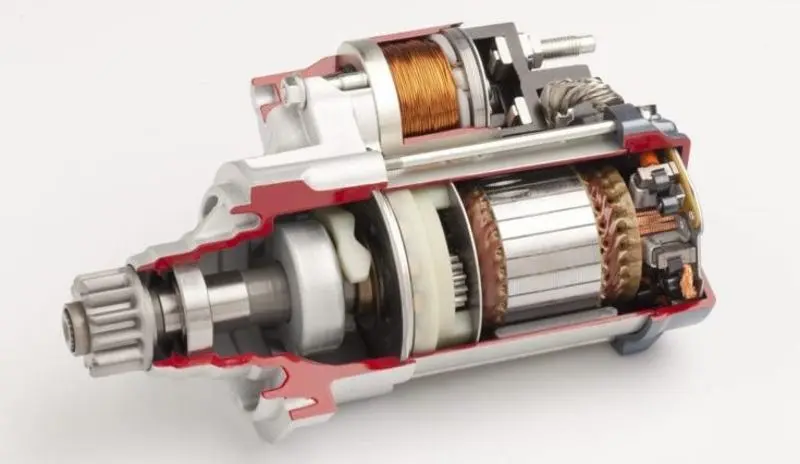
The design of the electric motor is as follows:
- Stator. There will be magnetic shoes on the inside of the case. As already mentioned, these are ordinary magnets, and earlier a modification of an electric magnet with an excitation winding was used.
- Anchor. This is the shaft on which the core is pressed. For the manufacture of this element, electrical steel is used. Grooves are made in it, where frames are installed, which, when electricity is supplied, begin to rotate. There are collectors at the end of these frames. Brushes are connected to them. There are usually four of them - two for each pole of the power supply.
- Brush holders. Each brush is fixed in special housings. They also have springs that ensure constant contact of the brushes with the collector.
- Bearings. Each rotating part must be fitted with a bearing. This element eliminates the frictional force and prevents the shaft from heating up when the motor is running.
- Bendix. A gear is installed on the shaft of the electric motor, which meshes with the flywheel. This part is able to move in the axial direction. The bendix itself consists of a gear placed in a housing (it consists of an outer and an inner cage, in which there are spring-loaded rollers that prevent the transfer of torque from the flywheel to the starter shaft). However, in order for it to move to the flywheel crown, another mechanism is needed.
- Solenoid relay. This is another electrical magnet that moves the armature make / break contact. Also, due to the movement of this element with a fork (the principle of operation of the lever), the bendix moves in the axial direction, and returns due to the spring.
A positive contact coming from the battery is connected to the top of the starter housing. Electricity passes through the frames mounted on the armature and goes to the negative contact of the brushes. The starter motor needs a large starting current to start the engine. Depending on the model of the device, this parameter can be about 400 amperes. For this reason, when choosing a new battery, you need to take into account the starting current (for more details on how to choose a new power source that a particular machine should have, it is described separately).
Main Components
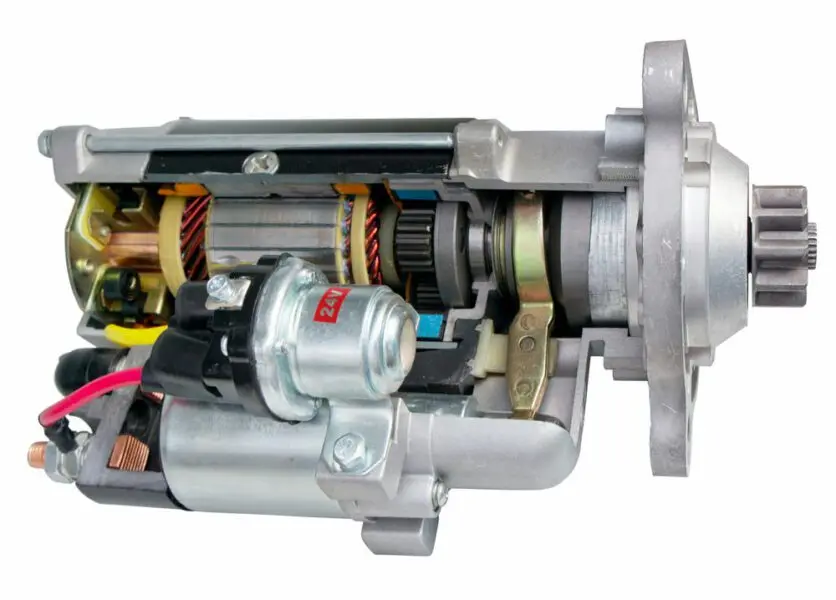
So, the starter for starting the motor will consist of:
- Stator with magnets;
- Shafts with frames to which electricity is supplied;
- A solenoid relay (it will be made up of an electric magnet, core and contacts);
- Holder with brushes;
- Bendiksa;
- Bendix forks;
- Corps.
Types of starters
Depending on the type of engine, a separate modification of the starter is required, which is capable of cranking the crankshaft. For example, the torque of the mechanism is different for a gasoline unit and a diesel one, since the operation of a diesel engine is associated with increased compression.
If we conditionally separate all modifications, then they are:
- Reducer type;
- Gearless type.
With gear
The gear type is equipped with a small planetary gear mechanism. It increases the speed of the starter motor with less power consumption. This model allows you to quickly start the engine, even if the battery is old and quickly discharged.
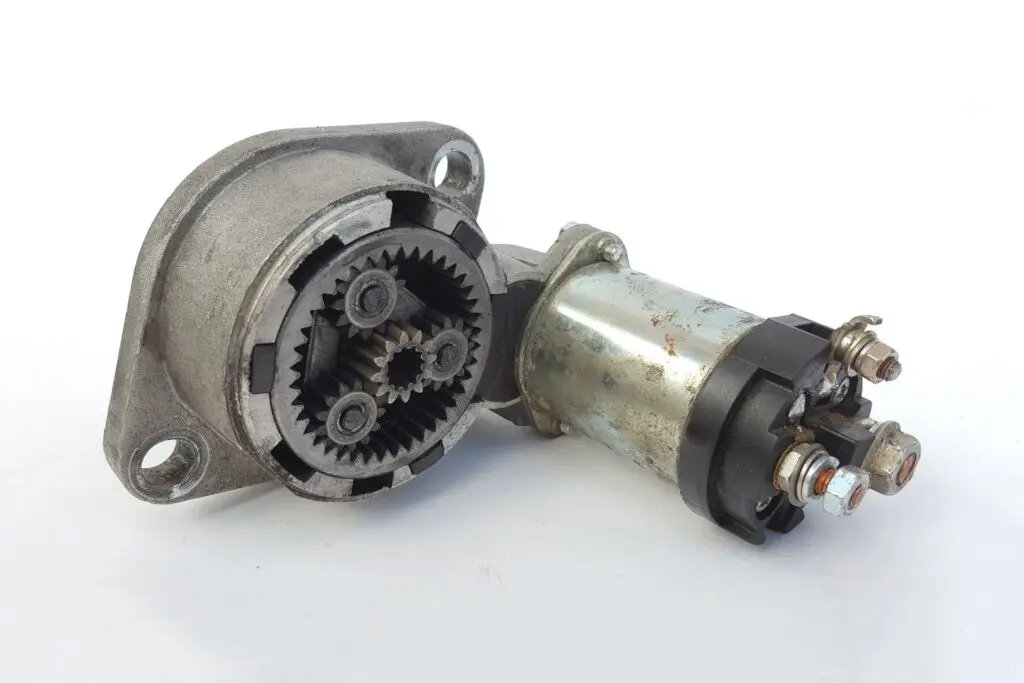
In such starters, the inside will consist of permanent magnets, due to which the stator winding does not suffer, since it is absent at all. Also, the device does not consume battery power to activate the field winding. Due to the absence of a stator winding, the mechanism is smaller in comparison with the classical analogue.
The only drawback of these types of devices is that the gear can quickly wear out. But if the factory part is made with high quality, this malfunction does not happen more often than in conventional starters.
Without gear
The gearless type is a conventional starter in which the bendix gear is directly engaged with the flywheel crown. The advantage of such modifications is in their cost and ease of repair. Due to fewer parts, this device has a longer service life.
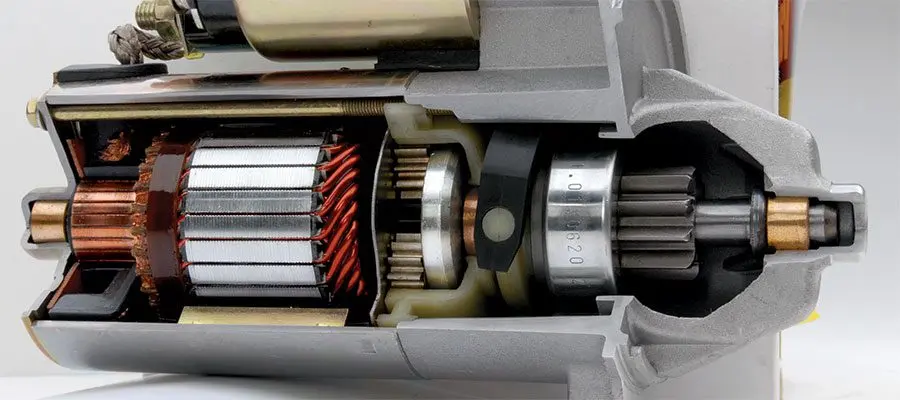
The disadvantages of this type of mechanisms are that they require more energy to operate. If there is an old dead battery in the car, then the starting current may not be enough for the device to spin the flywheel.
Major malfunctions and causes
An automobile starter rarely fails suddenly. Usually, its breakdown is associated with a combination of factors that negatively affect its work. Basically, device breakdowns are cumulative. All faults can be conventionally divided into two types. This is a mechanical or electrical failure.

The description of mechanical failures includes:
- Sticking of the contact plate of the solenoid relay;
- Natural wear of bearings and locating sleeves;
- Development of the bendix holder in the seats (this defect provokes the load on the rollers at the start of the internal combustion engine);
- Wedge of the bendix fork or retraction relay stem.
As for electrical faults, they are most often associated with development on the brushes or collector plates. Also, a winding breakage often occurs as a result of burnout or short circuit. If there is a break in the winding, then it is easier to replace the mechanism than trying to find the place of failure. In case of wear of the brushes, they are replaced, since these are consumables for electric motors.
Mechanical breakdowns are accompanied by extraneous sounds, each of which will correspond to a specific breakdown. For example, due to increased backlash (development in bearings), the starter knocks during engine start-up.
A detailed analysis of the starter and its repair is discussed in the following video:
Questions and answers:
How does the starter work in short? When the ignition key is turned, current flows to the solenoid (pull-in relay). The bendix fork displaces it to the flywheel ring. The electric motor rotates the bendix by scrolling the flywheel.
What is the job of a starter? A starter in the car is needed to electrically start the power unit. It has an electric motor powered by a battery. Until the engine starts, the starter receives energy from the battery.
How does Bendix starter work? When the ignition key is turned, the fork moves the bendix (gear) to the flywheel ring. When the key is released, current stops flowing to the solenoid, and the spring returns the bendix to its place.
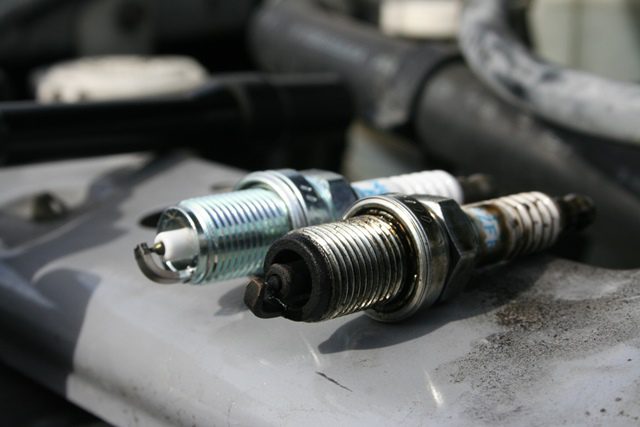
One comment
CHARLES FLOLENC
I know I have learned something but I wanted to know something else
1 park system
2 know OTONETA
3 to know the shot comes from nn